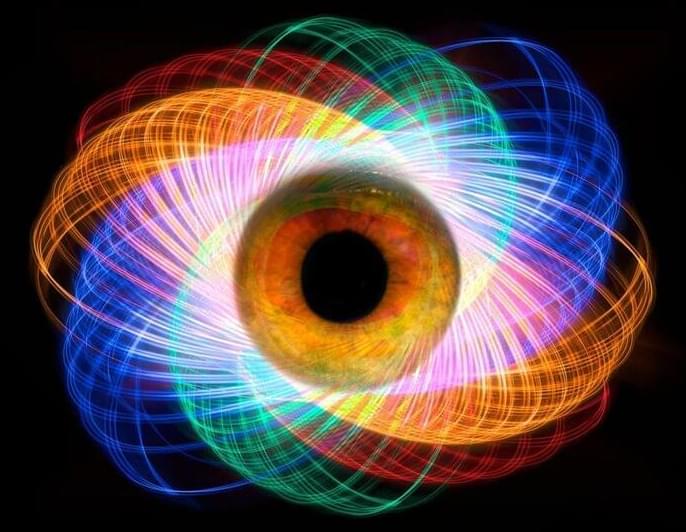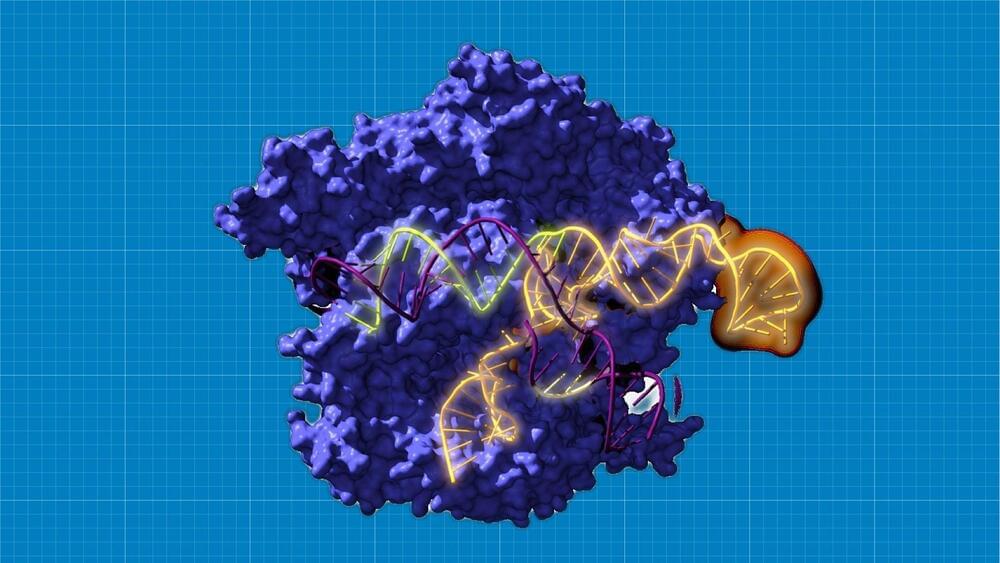Australian scientists have created the most detailed map ever of the communication links between the hippocampus, the brain’s memory control center, and the rest of the brain, potentially revolutionizing our understanding of human memory.
“We were surprised to find fewer connections between the hippocampus and frontal cortical areas, and more connections with early visual processing areas than we expected to see,” said Dr. Marshall Dalton, a Research Fellow in the School of Psychology at the University of Sydney. “Although, this makes sense considering the hippocampus plays an important role not only in memory but also imagination and our ability to construct mental images in our mind’s eye.”
Located within the brain, the hippocampus is a complex structure that resembles a seahorse. It is essential for the brain and plays a crucial role in memory formation as well as the transfer of memories from short-term to long-term storage. In addition to these functions, the hippocampus also plays a role in navigation, the ability to imagine future or fictitious experiences, the creation of mental imagery, and even in visual perception and decision-making.








